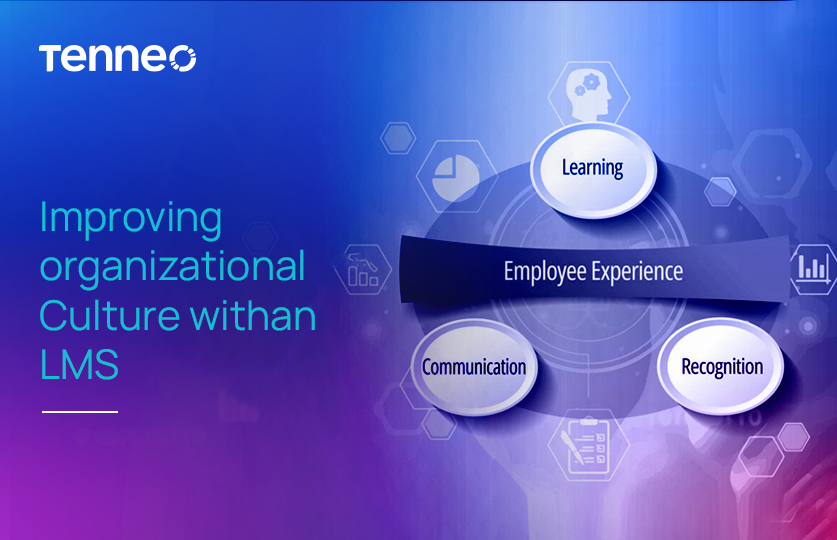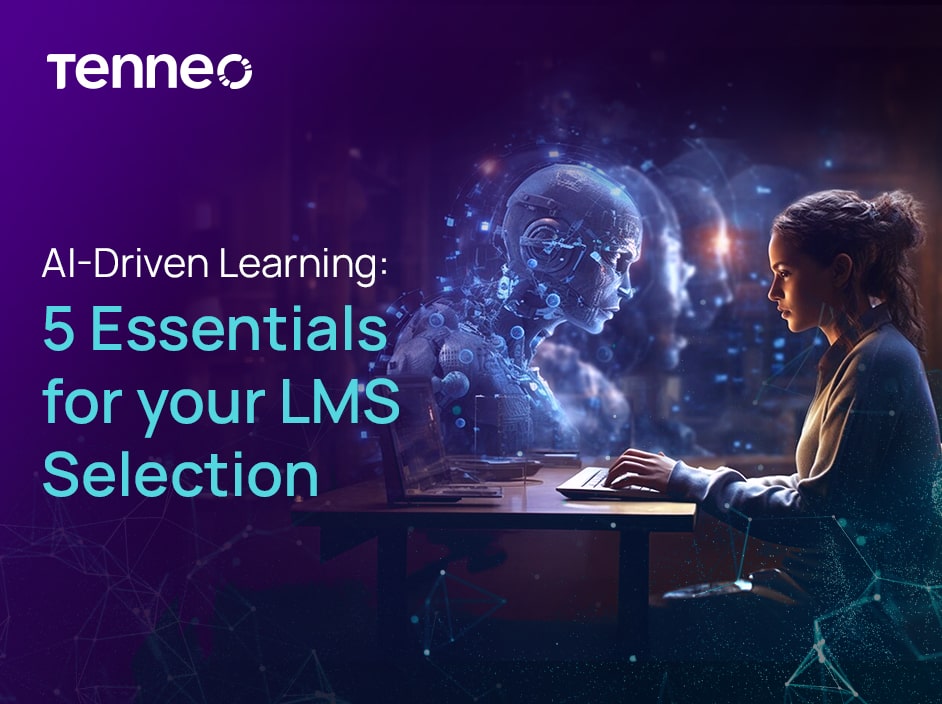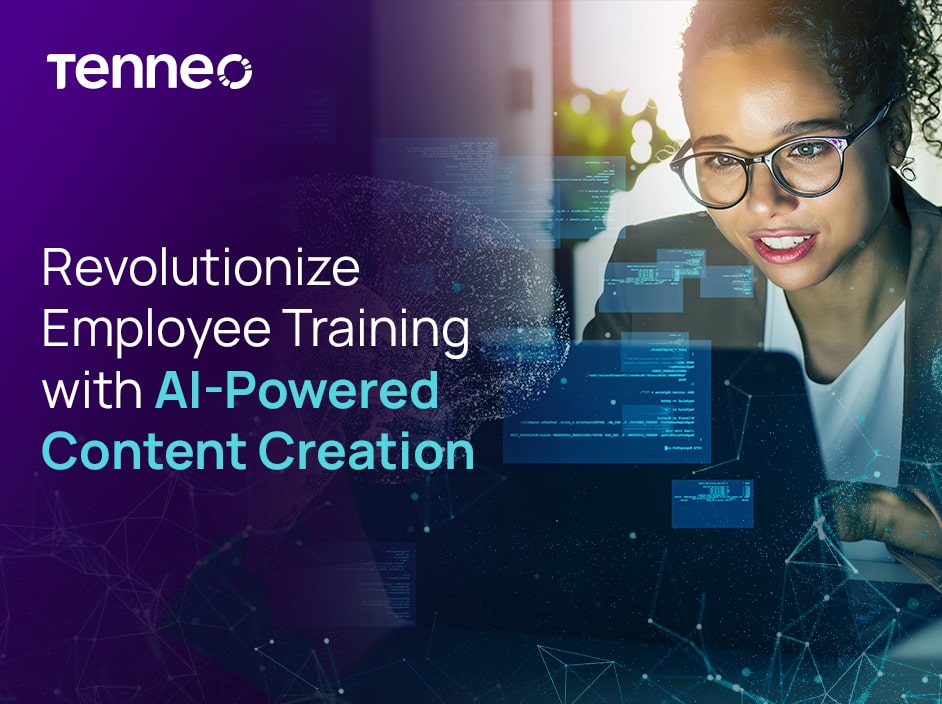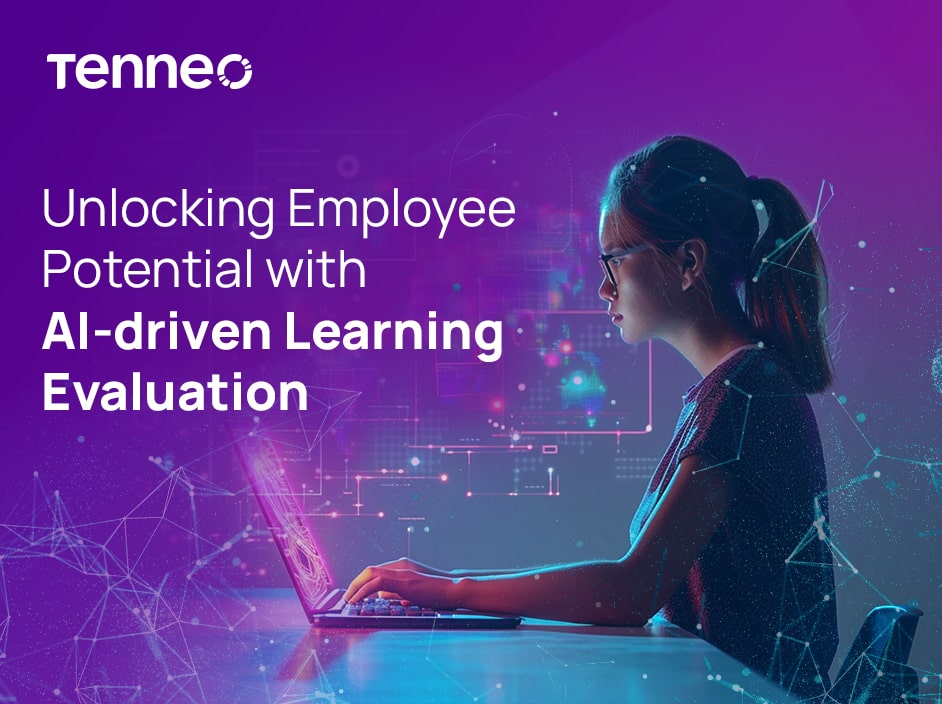
Man, Machinery & Manufacturing Sector | Changing Ways of Training using Corporate Learning Management Software
April 13, 2023
What benefits do LMS Reporting, and Dashboard functionality provide at all levels?
April 13, 2023
Man, Machinery & Manufacturing Sector | Changing Ways of Training using Corporate Learning Management Software
April 13, 2023
What benefits do LMS Reporting, and Dashboard functionality provide at all levels?
April 13, 2023Blog - 22 Mar 2023 | 6 Min
Tips to Consider for Improving Learning Culture in Organizations

E-learning is diverse and it goes beyond teaching and curriculum, to disseminate information and support organizational growth. However, the success of any e-learning strategy depends upon the workforce using it for stronger skills and knowledge matrix. It is also true for large enterprises that represent a big evolution in their work methodologies and the role of learning within an organization. When implementing any strategy, it is essential to focus on the measures to improve the e-learning culture of the organization.
How Can it be Done?
With digitization, most of the organizations are thinking about adopting effective learning technologies to leverage the benefits of continual workforce training. But, sometimes they lag encouraging their workforce to learn efficiently. Most e-learning solutions fail to align with the needs of learners and consequently fail to meet the organizational targets. It is essential that corporate training should cater to the customized needs of learners. When designing an e-learning strategy, it has to be considered along with the prime focus on improving the learning environment of the organization.
1. Managers and leaders should support e-learning strategy
The managers and organizational heads should also help improving work culture within the organization. It motivates workforces to utilize technology-aided learning solutions for better learning experience. Managers should also encourage their team members to adapt innovative learning solutions and acquire new skills and competencies. They should provide gamut of opportunities for workforces to learn new courses, assess their performance and improve on their weak areas.
2. Performance-based learning
For every learner, it is significant to transform knowledge into a successful learning experience. Managers would agree that attaining specific skills would contribute to the overall success of the organization. They conduct skill gap analysis and understand the diverse needs of learners that need to be addressed. Linking learning with the learners’ performance aid organizations understand the capability of workforces and help them get lucrative results.
3. Enhanced knowledge availability
By restricting content within the Learning Management System (LMS), and providing access to maximum course types, organizations can give twists on organizational learning culture. Case studies, scenarios and other success stories can be shared to enhance learners’ interest in continual learning strategy. New-age learners are more serious about their learning and performance at workplace. So, organizations are paving for ways to empower their knowledge and experience for organizational growth.
4. Badges and points to be rewarded
On reaching the next level of e-course, learners are rewarded with scores, points and badges. They start as a beginner and reach the Expert level with rewards and certificates. For add fun and excitement, organizations run contests within different department to ensure workforces put their best efforts at learning new concepts and subjects.
5. Encourage reflective culture
Reflection is a significant part of the learning culture of organization. It means taking some time after a lesson to synthesize, abstract or summarize important points of the learning experience. However, this process is sometimes missing from training programs. Bringing all learners on a single platform is a daunting task. The main aim is to share information with learners, leaving no scope for them to respond over that information. For an ideal environment, there should be a good scope for learner understanding and retention level. Several other tools such as flipped classroom and performance support help learning and development managers leave huge impact on overall learning experience.
Continual learning brings learners closer to improving their performance and achieving organizational goals. Increased learners’ interest and positive learning culture are the essential factors responsible for creating knowledge empowered and enable organizations stay ahead of the competition.
Source and suggested further reading: 5 Tips To Improve The Learning Culture Of The Organization
Related services
Product Engineering
Other Blogs
Stay updated with Tenneo
E-learning is diverse and it goes beyond teaching and curriculum, to disseminate information and support organizational growth. However, the success of any e-learning strategy depends upon the workforce using it for stronger skills and knowledge matrix. It is also true for large enterprises that represent a big evolution in their work methodologies and the role of learning within an organization. When implementing any strategy, it is essential to focus on the measures to improve the e-learning culture of the organization.
How Can it be Done?
With digitization, most of the organizations are thinking about adopting effective learning technologies to leverage the benefits of continual workforce training. But, sometimes they lag encouraging their workforce to learn efficiently. Most e-learning solutions fail to align with the needs of learners and consequently fail to meet the organizational targets. It is essential that corporate training should cater to the customized needs of learners. When designing an e-learning strategy, it has to be considered along with the prime focus on improving the learning environment of the organization.
1. Managers and leaders should support e-learning strategy
The managers and organizational heads should also help improving work culture within the organization. It motivates workforces to utilize technology-aided learning solutions for better learning experience. Managers should also encourage their team members to adapt innovative learning solutions and acquire new skills and competencies. They should provide gamut of opportunities for workforces to learn new courses, assess their performance and improve on their weak areas.
2. Performance-based learning
For every learner, it is significant to transform knowledge into a successful learning experience. Managers would agree that attaining specific skills would contribute to the overall success of the organization. They conduct skill gap analysis and understand the diverse needs of learners that need to be addressed. Linking learning with the learners’ performance aid organizations understand the capability of workforces and help them get lucrative results.
3. Enhanced knowledge availability
By restricting content within the Learning Management System (LMS), and providing access to maximum course types, organizations can give twists on organizational learning culture. Case studies, scenarios and other success stories can be shared to enhance learners’ interest in continual learning strategy. New-age learners are more serious about their learning and performance at workplace. So, organizations are paving for ways to empower their knowledge and experience for organizational growth.
4. Badges and points to be rewarded
On reaching the next level of e-course, learners are rewarded with scores, points and badges. They start as a beginner and reach the Expert level with rewards and certificates. For add fun and excitement, organizations run contests within different department to ensure workforces put their best efforts at learning new concepts and subjects.
5. Encourage reflective culture
Reflection is a significant part of the learning culture of organization. It means taking some time after a lesson to synthesize, abstract or summarize important points of the learning experience. However, this process is sometimes missing from training programs. Bringing all learners on a single platform is a daunting task. The main aim is to share information with learners, leaving no scope for them to respond over that information. For an ideal environment, there should be a good scope for learner understanding and retention level. Several other tools such as flipped classroom and performance support help learning and development managers leave huge impact on overall learning experience.
Continual learning brings learners closer to improving their performance and achieving organizational goals. Increased learners’ interest and positive learning culture are the essential factors responsible for creating knowledge empowered and enable organizations stay ahead of the competition.
Source and suggested further reading: 5 Tips To Improve The Learning Culture Of The Organization



